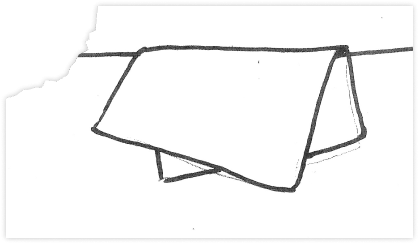- Home
- Course
- Drapery part 1
Drapery part 1
From clothing to waving flags, curtains and decorative ribbons
-
Rogier van der Erve
- 0 enrolled students

Course Overview
Drapery is a term for heavily pleated or loosely hanging fabric. In this lesson, you’ll practice how to make fabrics pleat and how to flutter flags and decorative ribbons.
Start with chapter 1
- Course level Level 2
- Course Duration 2 hours
- Lessions 5
- Quizzes 0
- Pass Percentage 80
- Certificate Yes
- Language English